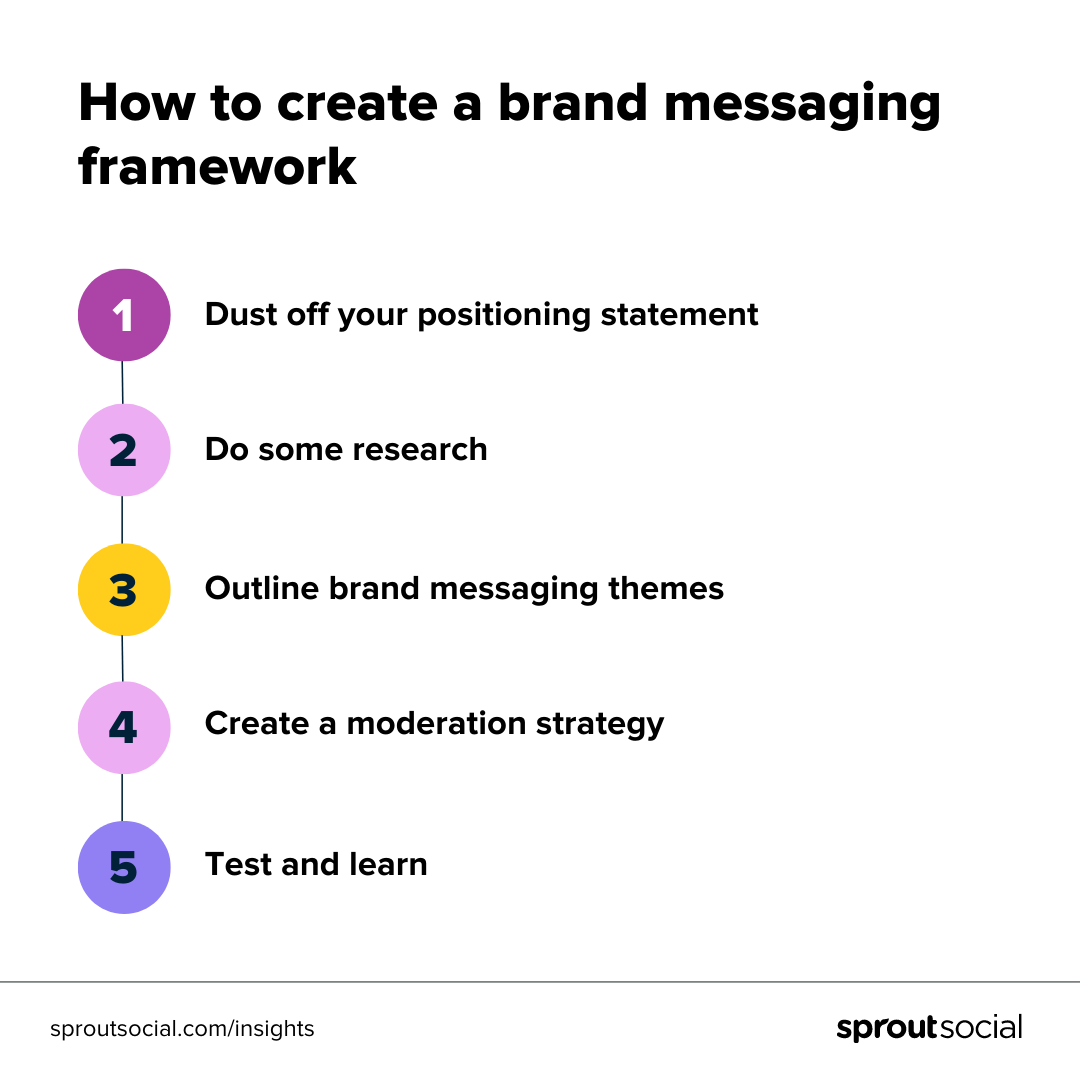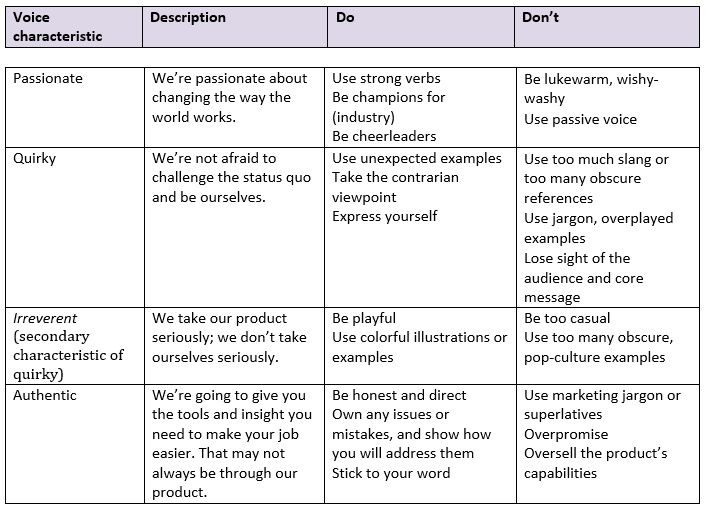Key Elements of Effective Brand Messaging
In the world of technology, having a strong brand message is essential for standing out in a crowded marketplace. Effective brand messaging not only helps to differentiate your company from competitors, but also creates a connection with your target audience. In this article, we will explore the key elements of effective brand messaging that will help your tech business succeed.
1. Consistency
Consistency is key when it comes to brand messaging. Your messaging should be consistent across all platforms and channels, from your website and social media profiles to your email campaigns and advertising. This helps to build brand recognition and trust with your audience. Make sure to use the same tone, voice, and key messaging points in all of your communications.
2. Clarity
Clear and concise messaging is essential for effectively communicating your brand’s value proposition. Make sure your messaging is easy to understand and conveys your unique selling points. Avoid using technical jargon that may confuse your audience. Focus on communicating the benefits of your product or service in a way that resonates with your target audience.
3. Differentiation
In the competitive tech industry, it’s important to differentiate your brand from competitors. Your messaging should clearly communicate what sets your company apart and why customers should choose your product or service over others. Highlight your unique features, benefits, and value proposition in a way that resonates with your target audience.
4. Authenticity
Authenticity is key to building trust with your audience. Be genuine and transparent in your brand messaging. Avoid using generic or overly promotional language that may come across as insincere. Instead, focus on communicating your brand’s values, mission, and vision in a way that reflects the personality and ethos of your company.
5. Emotional Appeal
Emotions play a powerful role in consumer decision-making. Use emotional messaging to connect with your audience on a deeper level. Appeal to their desires, aspirations, and pain points in a way that resonates with them. Show empathy and understanding in your messaging to build a strong emotional connection with your audience.
6. Call to Action
Every piece of brand messaging should include a clear call to action that prompts your audience to take the next step. Whether it’s signing up for a free trial, downloading a whitepaper, or making a purchase, your call to action should be compelling and easy to follow. Make sure to include a sense of urgency to motivate your audience to act now.
7. Testing and Optimization
Finally, it’s important to continually test and optimize your brand messaging to ensure it resonates with your target audience. Use A/B testing, focus groups, surveys, and other tools to gather feedback on your messaging and make improvements. Regularly review and update your messaging to stay relevant and competitive in the fast-paced tech industry.
Conclusion
In conclusion, effective brand messaging is essential for tech companies to communicate their value proposition, differentiate themselves from competitors, and connect with their target audience. By incorporating the key elements of consistency, clarity, differentiation, authenticity, emotional appeal, call to action, and testing and optimization, you can create brand messaging that resonates with your audience and drives business success. By following these key elements, your tech business can effectively communicate your brand’s unique value proposition and stand out in the competitive marketplace.


